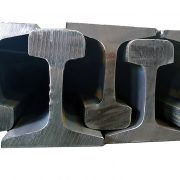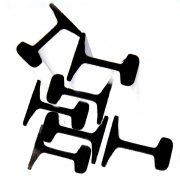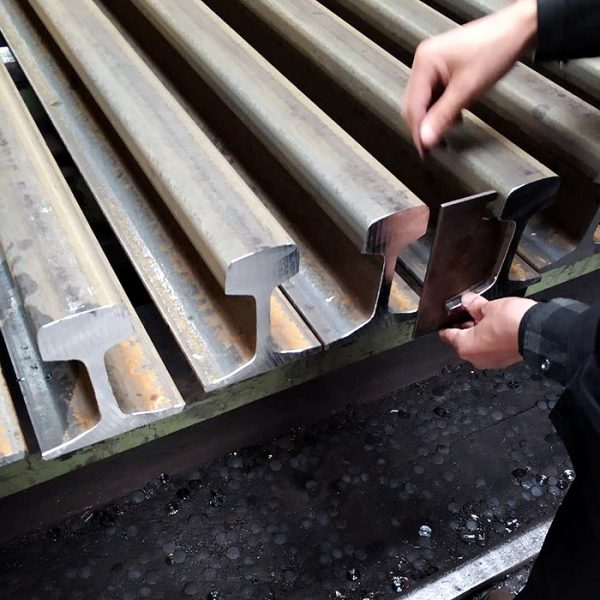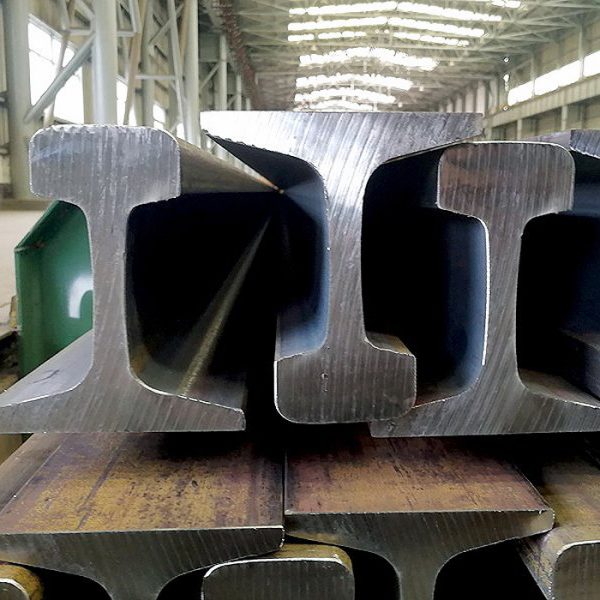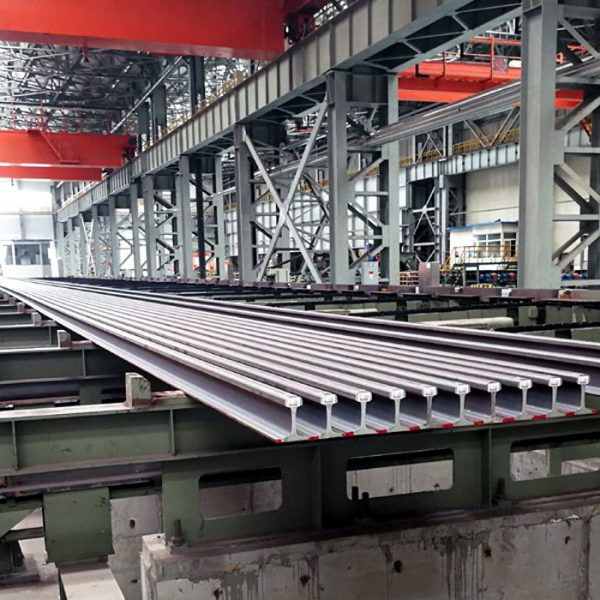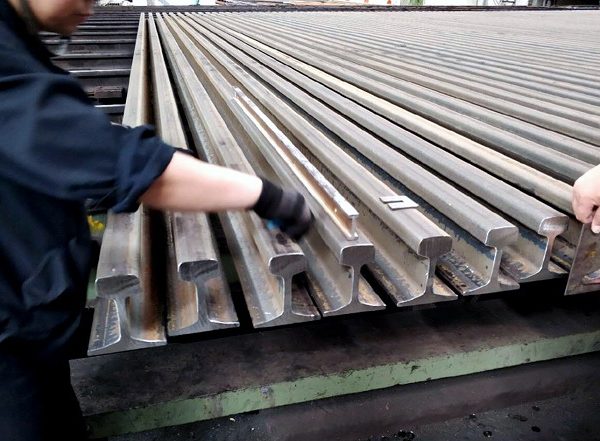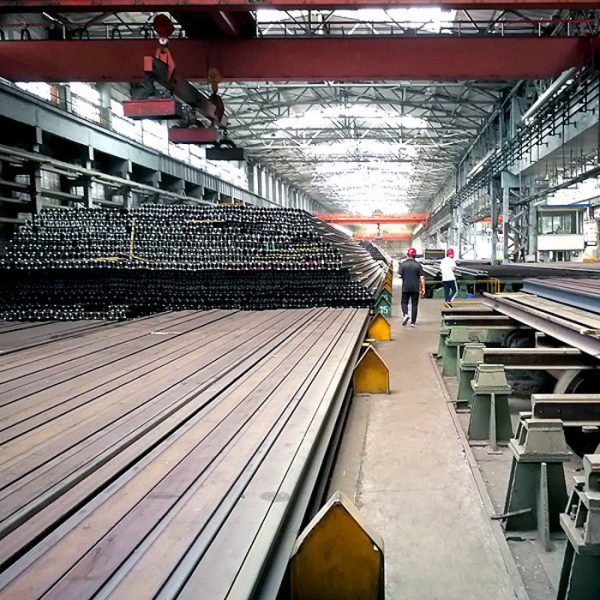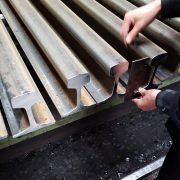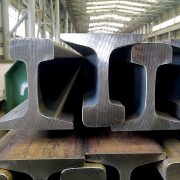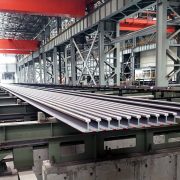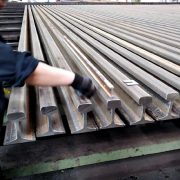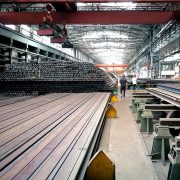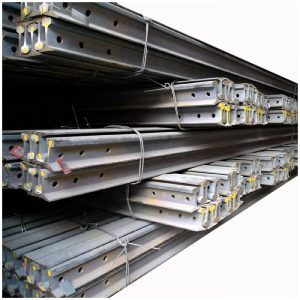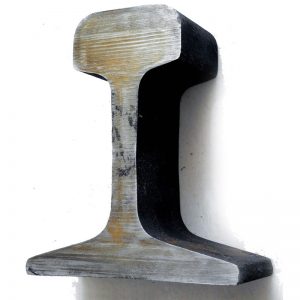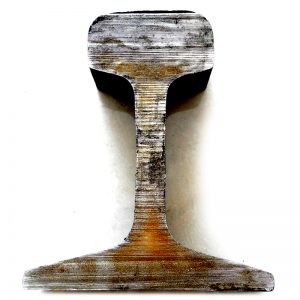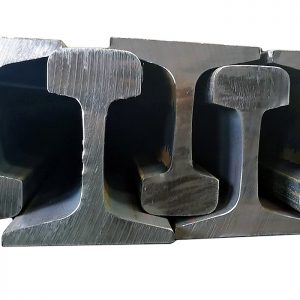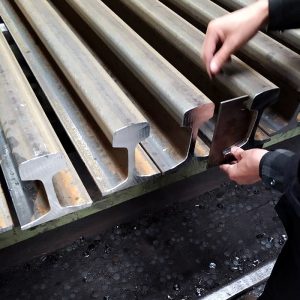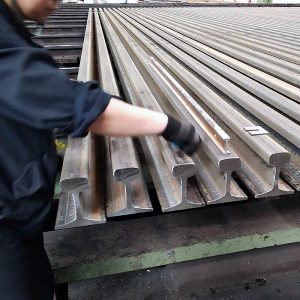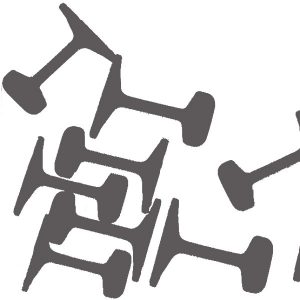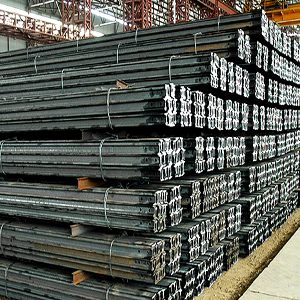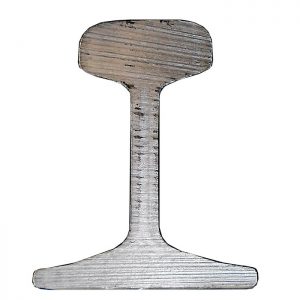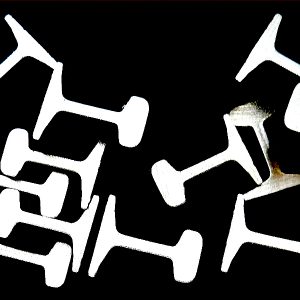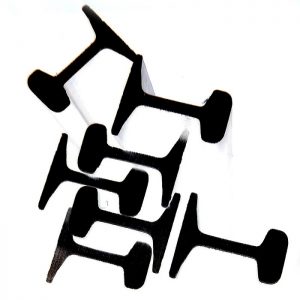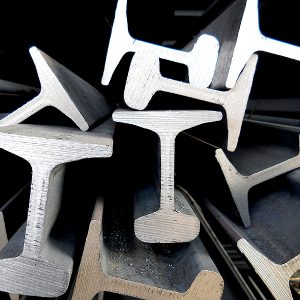BS11 BS90A British standard flat bottom rail
$850.00 $800.00
- Grade: 900A/1100
- Rail Heigth: 142.88mm
- Bottom Width: 127mm
- Web Thickness: 13.89mm
- Head Width: 66.67mm
- Length: 12-30m
- Model Number: BS90A (45E1)
- Type: Heavy Rail
- Application: Railway Rail
- Weight: 45.1 kg/m
- Old type: BS11-1985 Standard BS90A steel rail
- New type: EN13674-4 45E1 900A light steel rail
- Material: UIC860V 900A/1100
- Certificate: 3.1 MTC/Certificate 3.2 by Lloyd’s regiester
- Other name: 45E1 steel rail
- Producing standard: UIC860V
- Description
- Third party inspection 3.2 certificate
- Inquiry
BS11 BS90A British standard flat bottom rail is used for British Commonwealth of Nations, we can produce it by order, the MOQ is 500 tons. Material is 900A, hardness R260HB, length 12-25m.
-small.jpg)
BS11 BS90A British standard flat bottom rail
| Specification: BS50 O,BS60A,BS60R,BS70A,BS75A,BS75R, BS80A,BS80R,BS90A, BS100A, BS113A | |||||||
| Standard: BS11-1985 EN13674-4 | |||||||
| Material: 700/900A | |||||||
| Length: 8-30m |
BS11 standard steel rail
BS90A is a type of flat-bottomed steel rail that conforms to the British Standard BS11-1985. This rail profile has a weight of approximately 44.65 kg/m and is commonly used in light-duty railway tracks.
BS11-1985 is the standard specification for steel rails in the UK, which outlines the chemical composition, mechanical properties, and dimensional tolerances for different types of rails, including flat-bottomed rails like BS90A.
BS11 BS90A British standard flat bottom rail is manufactured using high-quality steel and undergoes rigorous manufacturing processes to ensure its strength, durability, and performance. It is designed to withstand the weight and dynamic forces exerted by trains during operation.
Proper installation of BS90A rail is crucial for safe and efficient railway operations. Rail fastening systems, such as clips, pads, and bolts, are used to secure the rail to the track bed, ensuring proper alignment and stability.
Regular inspections are conducted to detect any signs of wear, deformation, or misalignment. Timely maintenance and repair are essential to ensure the long-term performance and safety of the rail system.
BS11 BS90A British standard flat bottom rail offers excellent dimensional accuracy, straightness, and uniformity. These characteristics contribute to smooth train movement, reducing noise and vibration.
The rail’s sturdy construction and precise design provide durability and resistance to wear, ensuring reliable performance even under demanding operational conditions. This promotes safe and efficient transportation along the rail line.
In summary, BS11 BS90A British standard flat bottom rail is commonly used in light-duty railway tracks in the UK. It is designed to meet specific requirements for strength, durability, and performance. Proper installation, regular inspections, and maintenance are crucial for ensuring the rail’s long-term performance and safety in railway operations. BS90A rail offers excellent dimensional accuracy, durability, and resistance to wear, making it suitable for a range of railway applications.
We can supply the international standard flat bottom rails as below:
If you need anyone, please feel free to contact us.


